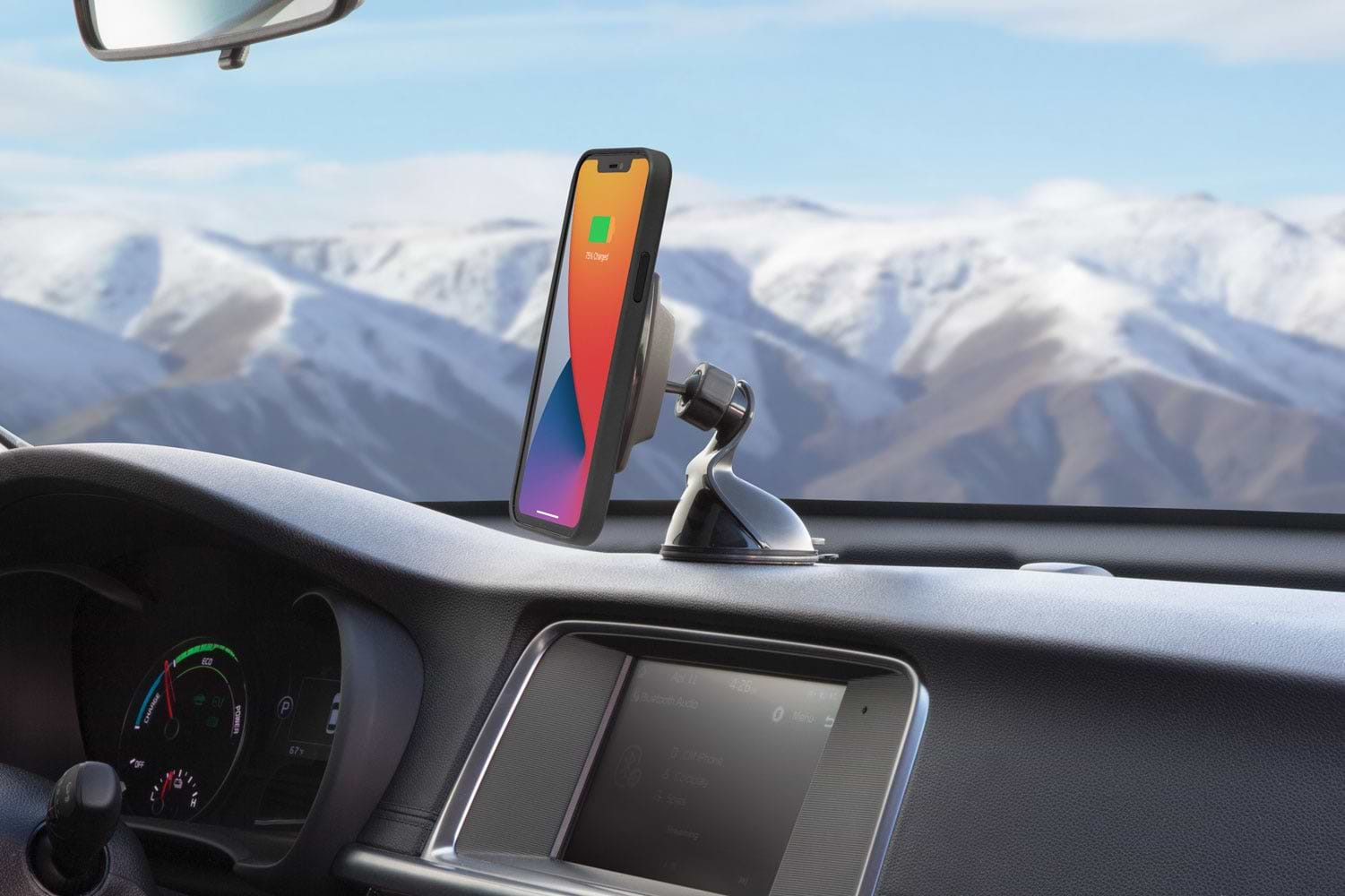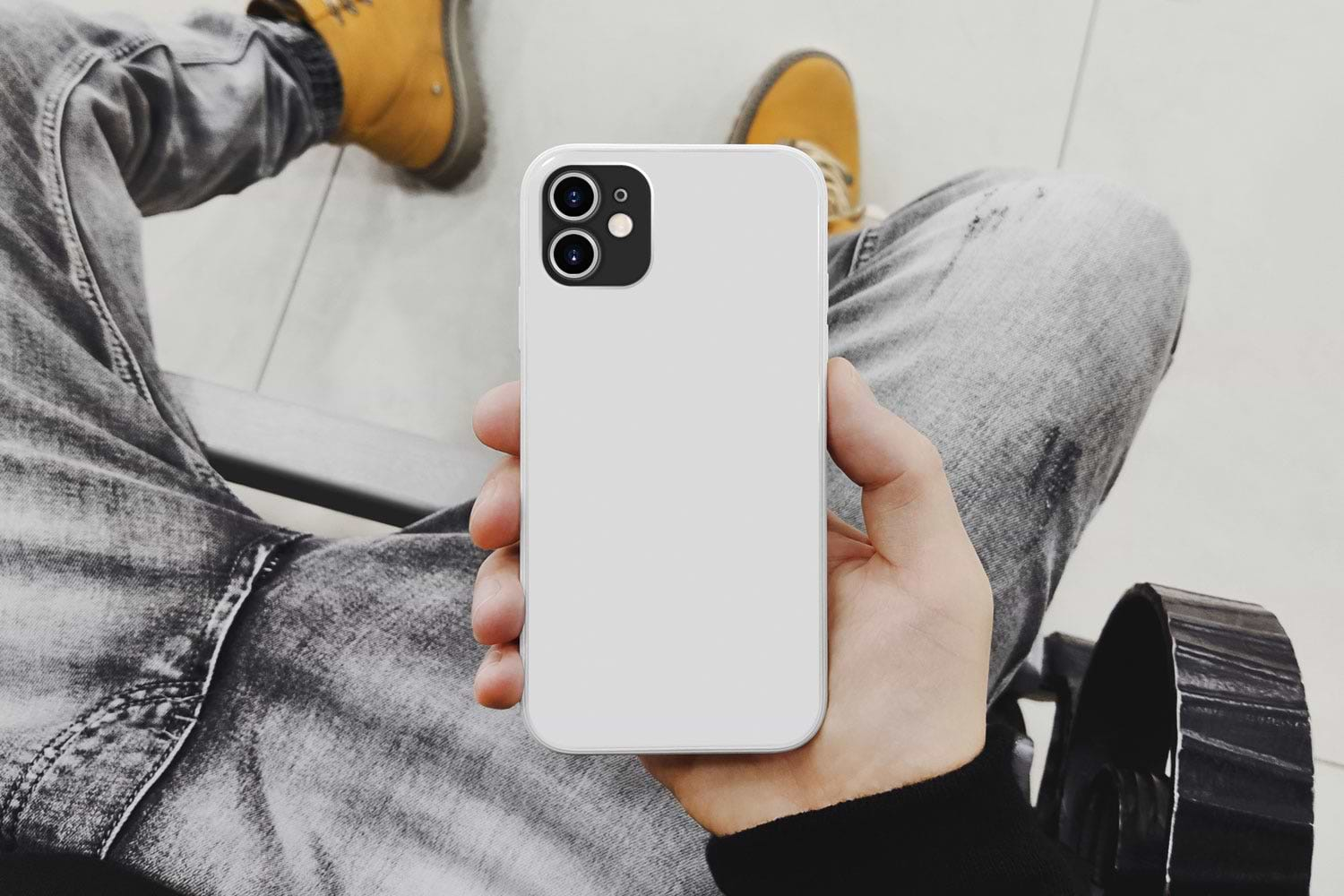Wireless Charging and Case Compatibility

Wireless charging has become increasingly popular as a convenient way to power up smartphones without the hassle of cords or cables. However, one factor that often comes into play with wireless charging is case compatibility.
In this article, we will delve into the world of wireless charging and case compatibility, exploring the science behind wireless charging, the role of smartphone cases, and how to overcome compatibility issues. We will also take a glimpse into future trends in wireless charging technology and case design.
Understanding Wireless Charging
Wireless charging, also known as inductive charging, relies on electromagnetic fields to transfer power from a charging pad to a device. This process involves two components: the charging pad, which is connected to a power source, and a compatible device equipped with the necessary hardware.
But how does this technology actually work? Let's delve deeper into the science behind wireless charging.
The Science Behind Wireless Charging
At the heart of wireless charging is the principle of electromagnetic induction. When an electric current flows through a coil in the charging pad, it creates an oscillating magnetic field. This magnetic field then induces an alternating current in a coil within the device, which is converted into direct current to recharge the battery.
This ingenious process allows for the seamless transfer of power without the need for physical connections. It's like magic, but with a scientific explanation.
Now that we understand the science behind wireless charging, let's explore the evolution of this groundbreaking technology.
Evolution of Wireless Charging Technology
Wireless charging technology has come a long way since its inception. Originally limited to specialized devices, such as electric toothbrushes, it has now become a mainstream feature in smartphones. This evolution has made wireless charging more accessible and convenient for users.
Imagine a world where you no longer have to fumble with tangled charging cables or worry about finding an available power outlet. With wireless charging, you can simply place your device on a charging pad and watch as it comes to life, effortlessly refueling its battery.
As technology continues to advance, we can expect even more exciting developments in wireless charging. From faster charging speeds to longer range capabilities, the future of wireless charging holds immense potential.
Moreover, wireless charging is not limited to smartphones alone. It has found its way into various industries, including automotive and healthcare. Electric vehicles can now be charged wirelessly, eliminating the need for cumbersome charging cables. In healthcare, wireless charging technology is being utilized to power medical devices, making it easier for healthcare professionals to provide efficient care.
With the increasing demand for convenience and sustainability, wireless charging is poised to become an integral part of our daily lives. As we embrace this technology, we can look forward to a world where power is seamlessly transmitted, untethered by wires.
The Role of Smartphone Cases
Smartphone cases serve a dual role when it comes to wireless charging. They not only provide protection for our devices but also impact their compatibility with wireless charging technology.
Protection and Aesthetics: The Dual Role of Cases
One of the primary reasons people use smartphone cases is to safeguard their valuable devices from daily wear and tear. Cases come in a variety of materials and designs, offering varying levels of protection and aesthetics. Whether it's a sleek and slim case that adds minimal bulk to the device or a rugged and heavy-duty case that can withstand extreme conditions, there is a wide range of options to choose from.
Not only do smartphone cases protect our devices from scratches, bumps, and accidental drops, but they also help to maintain their pristine appearance. With the constant advancements in smartphone design, manufacturers are focusing on creating devices with stunning aesthetics. However, these sleek and stylish designs often come at the cost of durability. Smartphone cases bridge this gap by providing an additional layer of protection without compromising on the device's visual appeal.
Material and Design: Factors Affecting Case Compatibility
When it comes to case compatibility with wireless charging, material and design play vital roles. Certain materials, such as aluminum or thick plastic, can interfere with the wireless charging process, reducing its efficiency. This interference occurs because these materials can create a barrier that hinders the transfer of energy between the charging pad and the device.
On the other hand, materials like silicone or TPU (thermoplastic polyurethane) are known for their compatibility with wireless charging. These materials are non-interfering and allow for efficient energy transfer, ensuring that your device charges seamlessly without any interruptions.
In addition to material, the design of the case also affects its compatibility with wireless charging. The thickness and overall design of the case may impact the alignment of the device with the charging pad. If the case is too thick or has a bulky design, it may prevent the device from properly aligning with the charging pad, resulting in interrupted or slower charging speeds. Manufacturers are now designing cases with precise cutouts and slim profiles to ensure optimal alignment and efficient charging.
Furthermore, some smartphone cases come with built-in wireless charging capabilities. These cases have a coil integrated into their design, allowing them to wirelessly charge the device without the need for an additional charging pad. This innovative feature provides a seamless charging experience while still offering the necessary protection for your smartphone.
In conclusion, when choosing a smartphone case, it is crucial to consider both its protective qualities and its compatibility with wireless charging. By selecting a case that offers adequate protection without interfering with the wireless charging capabilities of your device, you can enjoy the benefits of both worlds – a well-protected smartphone and the convenience of wireless charging.
Overcoming Compatibility Issues
While case compatibility may pose challenges, there are several ways to overcome them and enjoy the convenience of wireless charging.
One of the most common compatibility issues with wireless charging is the interference caused by phone cases. However, thanks to the rapid advancements in technology, case manufacturers have introduced innovative designs that prioritize both protection and compatibility.
Innovations in Case Design for Wireless Charging
With the increasing demand for wireless charging, case manufacturers have been quick to respond by introducing innovative designs that address the compatibility concerns. These cases feature precise cutouts, thinner materials, and improved signal transmission to ensure seamless wireless charging experiences.
Precise cutouts are essential as they allow for proper alignment with the charging pad. This ensures that the charging coils in both the phone and the charging pad are perfectly aligned, maximizing the efficiency of the charging process. Additionally, these cases are made from thinner materials that do not interfere with the wireless charging signal, allowing for uninterrupted power transfer.
Moreover, case manufacturers have also focused on improving signal transmission within the case itself. By using advanced materials and engineering techniques, they have managed to minimize signal loss, ensuring that the wireless charging process is not hindered by the presence of a case.
Tips for Choosing a Compatible Case
When selecting a case for wireless charging compatibility, it is recommended to consider a few key factors:
- Choose cases made from materials that do not interfere with wireless charging, such as TPU or polycarbonate. These materials are known for their low interference properties, allowing for efficient power transfer.
- Opt for slim and lightweight designs that allow for efficient alignment with the charging pad. Bulky or heavy cases may obstruct the proper alignment, leading to slower charging speeds.
- Ensure the case has precise cutouts for the charging port and other essential functions. This will ensure that the charging pad can establish a direct connection with the phone's charging port, maximizing the charging efficiency.
- Check for compatibility certifications from the case manufacturer, indicating proper testing and validation. These certifications provide assurance that the case has been specifically designed and tested for wireless charging compatibility.
By considering these factors, users can ensure that they choose a compatible case that not only protects their phone but also allows for seamless wireless charging experiences.


Future Trends in Wireless Charging and Case Design
As technology continues to evolve, so does wireless charging and the design of smartphone cases. Let's delve deeper into the exciting advancements and possibilities that lie ahead.
Advances in Wireless Charging Technology
Researchers and engineers are constantly working on improving wireless charging efficiency and expanding its capabilities. The future holds promising developments that will revolutionize how we charge our devices.
One area of focus is faster charging speeds. Imagine being able to fully charge your smartphone in a matter of minutes, eliminating the need to wait for hours. This breakthrough will not only save time but also enhance our productivity and convenience.
Another exciting advancement is the expansion of charging range. Currently, wireless charging requires close proximity between the device and the charging pad. However, future technologies aim to extend this range, allowing us to charge our devices from a distance. This means that we could have charging pads integrated into furniture, vehicles, and public spaces, enabling seamless charging wherever we go.
Furthermore, future wireless charging technology will strive to be compatible with a wider range of devices. Currently, wireless charging is primarily available for smartphones, but in the future, we can expect to see compatibility with tablets, smartwatches, headphones, and other electronic devices. This will simplify our lives by eliminating the need for multiple charging cables and adapters.
The Future of Smartphone Case Design
When it comes to smartphone case design, the focus will be on balancing protection and compatibility. Case manufacturers understand the importance of providing both a stylish and functional accessory for our devices.
In the future, smartphone cases will continue to evolve, incorporating advanced materials and innovative construction techniques. These advancements will enhance the durability and impact resistance of cases, ensuring that our devices remain protected even in the most challenging situations.
Additionally, case manufacturers will prioritize compatibility with wireless charging technology. They will develop sleek and slim designs that do not compromise charging performance. This means that users will no longer have to remove their cases every time they want to charge their devices wirelessly, providing a seamless and hassle-free experience.
Moreover, smartphone case design will also focus on incorporating additional features to enhance user experience. We can expect to see cases with built-in power banks, allowing us to charge our devices on the go. Furthermore, cases may integrate smart functionalities such as health monitoring sensors, LED notifications, and even augmented reality capabilities.
In conclusion, wireless charging offers a convenient way to power up our devices. However, it is crucial to consider case compatibility to ensure seamless charging experiences. By understanding the science behind wireless charging, recognizing the dual role of smartphone cases, and exploring innovative designs, users can overcome compatibility issues and embrace the future of wireless charging and case design.